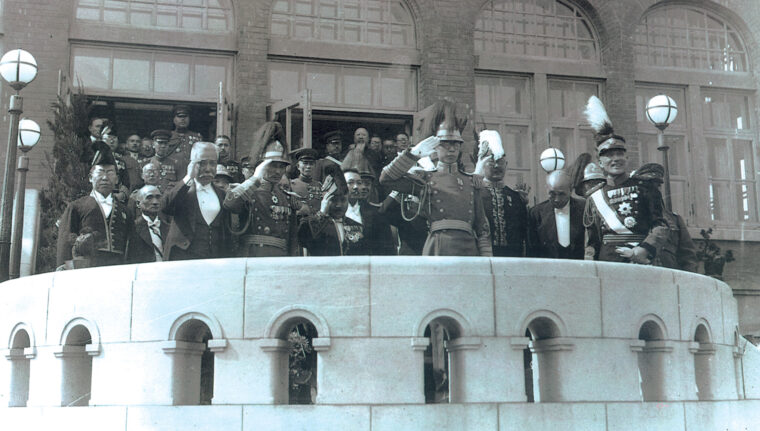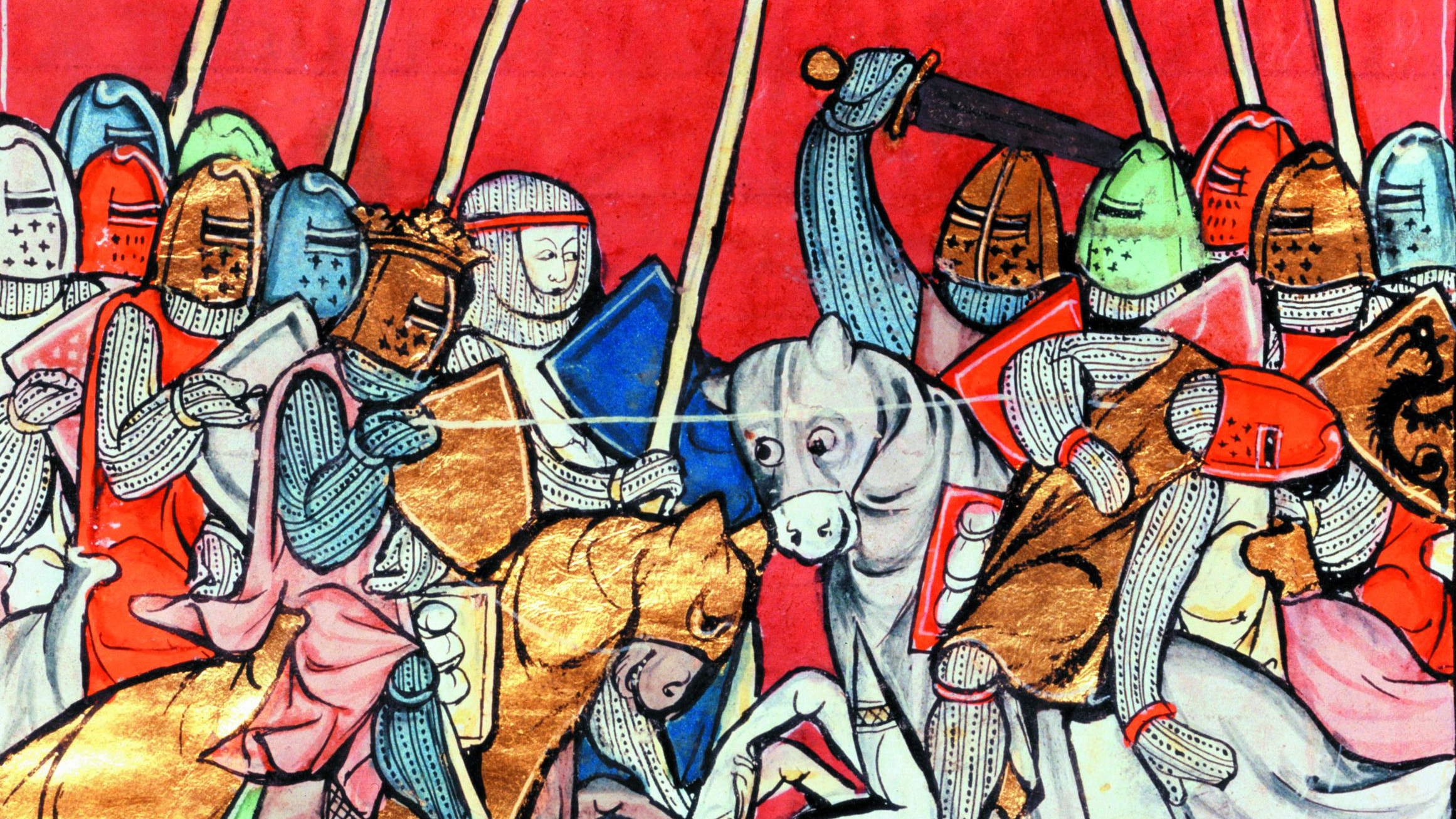
China
The Imjin War: The Japanese Invasion of Korea
by Eric NiderostIt was May 1, 1592, mere weeks before the start of the Imjin War. Admiral Yi Sun Shin summoned a conference of high-ranking military officers and civil magistrates to his headquarters at Yosu, a port on the southern coast of Korea. Read more





















